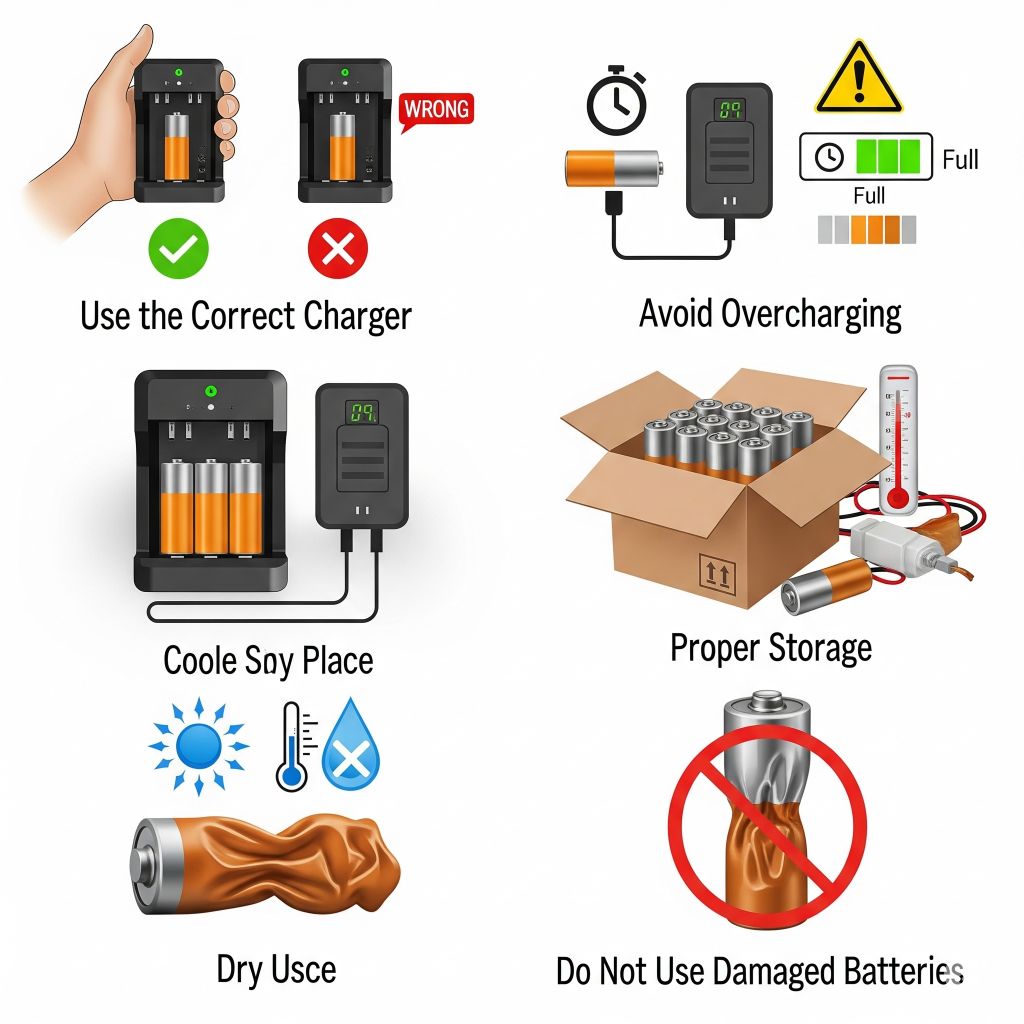
Have you ever wondered if batteries can actually cause fires? As someone who’s always been curious about the safety of everyday items, I decided to delve into the world of batteries and their potential dangers. From smartphones to laptops, batteries are everywhere in our lives, but are they as harmless as they seem? Let’s uncover the truth behind the question: Can batteries cause fires, and are batteries dangerous?
In this article, I’ll share my insights on the risks associated with batteries and how to use them safely. Understanding the potential hazards of batteries is crucial in ensuring the safety of ourselves and our belongings. So, join me as we explore the world of batteries, fires, and the importance of taking precautions when using these power sources. Let’s dive in and uncover the truth about the dangers of batteries.
Key Takeaways
- Different types of batteries, such as lithium-ion, lead-acid, nickel-cadmium, and alkaline, have unique characteristics and potential risks.
- Common causes of battery fires include overcharging, short circuits, physical damage, and the use of incompatible chargers.
- Signs of a potentially dangerous battery include swelling, overheating, leaking, unusual odors, and reduced performance.
- Safety measures to prevent battery fires include using original chargers, avoiding overcharging, proper storage, regular battery inspection, and following manufacturer guidelines.
Exploring Battery Types
When it comes to batteries, not all are created equal. There are several types of batteries commonly used in our everyday devices, each with its own characteristics and potential risks. Here are some of the most common battery types to be aware of:
- Lithium-ion Batteries: These are widely used in smartphones, laptops, and other portable electronics due to their high energy density. They can be prone to overheating and fires if damaged or improperly charged.
- Lead-acid Batteries: Typically found in cars and uninterruptible power supply (UPS) systems, these batteries are known for their reliability and low cost but can release dangerous gases and cause acid burns if mishandled.
- Nickel-Cadmium Batteries: Often used in power tools and older electronic devices, they are durable and can handle multiple charge cycles, but cadmium is toxic and must be disposed of properly.
- Alkaline Batteries: Found in remote controls, clocks, and other low-drain devices, these batteries are reliable and disposable, but they can leak corrosive chemicals if left in a device for too long.
Understanding the differences between these battery types is essential for safely using them in various applications. It’s crucial to follow manufacturer guidelines for charging, storage, and disposal to minimize the risk of accidents and ensure the longevity of both the batteries and the devices they power.
Common Causes of Battery Fires
Fires caused by batteries are a serious concern that can result from various factors. Overcharging is a common cause, as excessive voltage can lead to overheating and potentially ignite the battery. Short circuits are another frequent culprit, creating a direct path for high current flow and generating heat. Physical damage to the battery, such as punctures or crushing, can also cause internal shorts and trigger a fire. Using incompatible chargers that deliver incorrect voltage levels is a hazardous practice that can contribute to battery fires.
It’s crucial to handle batteries with care and follow manufacturer guidelines strictly to minimize the risk of fires. Regularly inspecting batteries for damage or swelling can help detect potential issues early on. Avoiding extreme temperatures is essential, as both low and high temperatures can impact battery performance and safety. Proper storage is key – store batteries in a cool, dry place away from direct sunlight and heat sources. Avoid stacking batteries or placing them near metal objects that can create a short circuit.
It’s essential to be aware of the potential dangers associated with batteries and take proactive measures to prevent fires and accidents. By understanding and mitigating risk factors, we can safely enjoy the convenience and utility that batteries provide in our daily lives.
Signs of a Potentially Dangerous Battery
When it comes to identifying a potentially dangerous battery, there are key indicators to watch out for. Here are some signs that could signal a battery is unsafe:
- Swelling: Bulging or swelling of the battery casing can be a red flag indicating internal issues.
- Overheating: Excessive heat emanating from a battery during charging or use suggests a potential risk.
- Leaking: Any signs of leakage or unusual substances around the battery terminals could signify a problem.
- Unusual Odors: Strange smells coming from a battery, especially a strong chemical odor, should not be ignored.
- Reduced Performance: Sudden drops in battery performance or inefficiencies may indicate underlying safety concerns.
Being vigilant and attentive to these signs can help mitigate risks and ensure the safe use of batteries in various devices.
Safety Measures to Prevent Battery Fires
When it comes to battery safety, prevention is key. Here are some essential measures to reduce the risk of battery fires:
- Use original chargers: Stick to the manufacturer’s recommended charging accessories to avoid compatibility issues that could lead to overheating.
- Avoid overcharging: Unplug devices once they reach full charge to prevent excessive heat buildup.
- Store batteries properly: Keep batteries away from extreme temperatures and direct sunlight to maintain their stability.
- Inspect batteries regularly: Check for any signs of damage or wear, such as cracks or leaks, and replace them immediately.
- Follow manufacturer guidelines: Adhere to usage instructions provided by the manufacturer for optimal safety.
By implementing these simple precautions, you can significantly reduce the risk of battery fires and ensure the safe use of your devices.
Conclusion
Batteries can indeed pose a fire risk if not handled properly. It’s crucial to prioritize safety measures when using and storing batteries. By adhering to simple precautions like using authentic chargers, avoiding overcharging, proper storage, regular inspection, and following manufacturer guidelines, the likelihood of battery fires can be greatly minimized. Remember, taking these steps not only protects your devices but also ensures the safety of yourself and those around you. Stay informed, stay cautious, and enjoy the convenience of battery-powered devices responsibly.
Frequently Asked Questions
How can I prevent battery fires?
To prevent battery fires, use original chargers, avoid overcharging, store batteries properly, inspect them regularly for damage, and follow manufacturer guidelines for safe usage. By following these precautions, the risk of battery fires can be significantly reduced.
Why is using original chargers important?
Using original chargers ensures compatibility with the device and helps maintain the proper charging process, reducing the risk of overheating and potential battery fires.
What should I do to store batteries properly?
Store batteries in a cool, dry place away from direct sunlight and extreme temperatures to prevent degradation and potential risks of fire.
How often should I inspect batteries for damage?
Regularly inspect batteries for any signs of damage such as leaks, swelling, or unusual odors. Replace damaged batteries immediately to avoid safety hazards.
Why is it crucial to follow manufacturer guidelines for safe battery usage?
Manufacturer guidelines provide essential safety instructions tailored to specific battery types and device models, helping users understand the proper handling, charging, and disposal methods to prevent accidents like battery fires.
